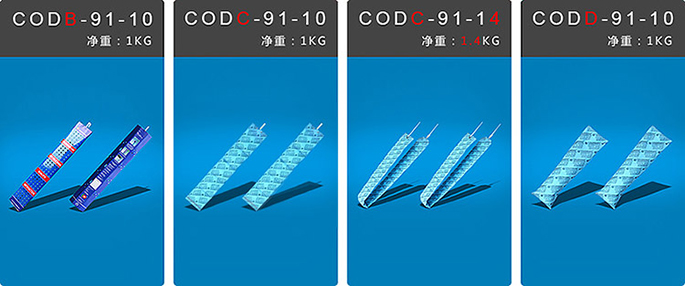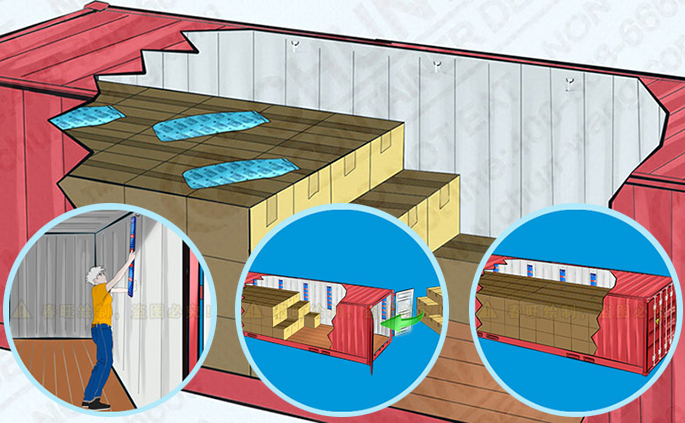As a safe, economical way of transportation, ocean container is well welcomed by most exporters. But they sometimes encountered the wet problem; goods were damaged by the moisture in the container. While not every time. Some exporter fined it normal the previous five, but the sixth time very seriously damaged.
Maybe you are confused; the container is tightly sealed, why my goods in the container got wet? Where are the waters come from? The fundamental reason is that your container lack of systematic moisture-proof measures.
First of all, the container is not completely tightly sealed. All the containers have moisture from the loading period and the goods itself. The container structure and material make it happen. There are small gaps, holes, especially near the door. Take good and system protection measures can effectively prevent from moisture damage. When export and by sea transportation, please check the container first. Make sure there are no obvious holes, crevices, and breakage. Make sure the container is dry and clean.
Well, where are the waters in the container come from?
The moisture mainly comes from the air, goods itself, packing material (cartons, wooden cases), pallet, container wood floor, container leakage, etc. The International Association of Container Lenders declares that the wood floor moisture content should not exceed 14%, more than that, it is dangerous. While actually, large numbers of trading ports still use the containers which average moisture content nearly 18%, some even higher than 25%. As we all know, the main component of the container floor is cork, which contains high moisture content. Some goods use wooden cases for loading. As to goods itself, say linen products, palm products are high hydrous.
Do not use a freshly washed container, it is highly moisture contained. Do not use a wet pallet and other wet wooden cases. The relative humidity is better not exceeding 12%. You can also use the humidity indicator to detect the humidity. Pay special attention to pallet and paper angle storage.
During the sea transportation, the ocean container is like a big steamer, the temperature inside the container usually ten degrees higher than outside. With the drastic change in temperature between day and night on the ocean, when carton goods transported from low-temperature area to hot area, or when storage environment suddenly turns hot from cold, the water in pallets, wooden cases, and others will be evaporated, the air-water vapor will be condensed on the surface of cartons; While, containers transported from hot marine area to cold area, the temperature inside the container turn to dew point so as to condense into water drops, dropping on the carton's surface. This is the reason why your goods got wet and moisture damage.

Please take precaution measures for example use desiccant bags. The purpose is to absorb moisture from the air, so as to reduce the amount of moisture in the ocean container. The using amount of desiccant depends on the goods itself, voyage miles, and your acceptable damage degree. In general, for a 20 feet container, please use 6~8 1kg container desiccant, like Chunwang type CODC-91-10. Please hanging the container desiccant on the hanging ring at the wall. If contain high packing hydrous material, such as a wooden case, pallet, please consider increasing the use of a desiccant amount. For valuable goods, it is necessary for better protection. You can also flat the desiccant bag on the surface of the cartons, like Chunwang CODD-91-10. Please leave enough space for desiccant, do not press it.

In conclusion, using desiccant is effective and costively. It is a good solution for solving the moisture problem in your carton containers.







All trademarks shown here are for reference purposes only. They are the property of their respective owners, and we are not authorized to sell items bearing such trademarks.
